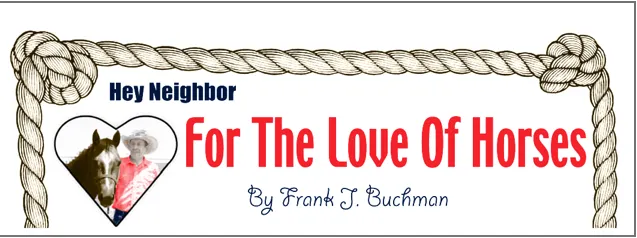By 1974, the last of Robert Docking’s eight years as governor of Kansas, the cost of state government had doubled, from a record $638 million in 1967 to $1.3 billion in fiscal 1975.
Today it’s more than $20 billion, including federal aid.
Nearly half this is the state’s $9.5 billion general fund. Legislators focus on this fund because it reflects the state’s day-to-day operating expenses, financed chiefly by state sales and income taxes. This year it’s fattened with a $2 billion surplus.
Then as now, inflation has come to Kansas. Inflation as a force in Topeka was incubated long ago in Washington by borrowing money to finance a war abroad (Vietnam), and a war on poverty and stagnation at home ‒ President Johnson’s “Great Society”, an historic expansion of federal programs in America.
In 1967, total state spending during Docking’s first year in office was about $300 million short of this year’s benefit package for state employees ($953 million in health insurance, FICA, etc.). In 1967, $2,500 bought a new Ford Mustang; today it might cover half a semester’s tuition at a state university.
After Docking, total budgets under Republican Gov. Robert Bennett (1975-’79) increased from $1.5 billion to a bit more than $2 billion at an average increase of 11 percent ($178 million) per year.
Although spending continued to rise under Democratic Gov. John Carlin (1979-’87), the rate was half what it had been under Docking and Bennett, and the average yearly increase in dollars was less.
During Carlin’s two 4-year terms, spending went from $2.4 billion in1979 to $3.7 billion through 1986. The average yearly increase, 6 percent, was $163 million. Carlin kept spending increases at less than 10 percent, and in some cases far less, in every year but one ‒ 1982, when the state increase was 10 percent and inflation was rampant across America, with a prime lending rate at 20 percent or higher.
No matter how the numbers are recited they cannot be explained in terms other than inflationary and the pressure of the federal dollar on the cost-price squeeze in government.
*
For half a century, money from Washington has composed from 22 to 25 percent of total spending in the state budget. Although the proportion has stayed about the same, the amounts have multiplied exponentially ‒ more than five-fold by the 1980s and ten-fold by the’90s.
In 1967 the Kansas budget contained $139.5 million in federal funds. In fiscal 1974, the first year state spending topped $1 billion, the federal source was nearly $274 million. In fiscal 1979, when the budget topped $2 billion, nearly $483million came from Washington. And in 1986, $750 million of $3.5 billion in state spending were federal dollars.
Today’s $6.04 billion in federal money ‒ 30 percent of total state spending ‒ is 42 times the $139.5 million Kansas received in 1967.
This is because each year Kansans, like Nebraskans and Oklahomans, Californians and New Yorkers and people in every other state want and need and ask for more from Washington.
Of this year’s total federal receipts in Kansas, more than half ‒ $3.4 billion ‒ is for human services and most of that, $2.9 billion, is for the state health department (Covid) and $412 million is for social welfare programs.
Another $1 billion goes to the State Department of Education (local schools) and $750 million to the Board of Regents and six state universities.
These totals do not include federal payments for Social Security, Medicare subsidies, a long list of farm supports, disaster aid and other programs. We participate in the name of better schools and highways, help for the poor, the elderly, the sick. Airports and railroads, endowments for the arts, aid for communities stricken by disaster, help for farmers and hundreds of other groups are on the state list of benefactors of federal aid.
Kansas is part of a global inflation, a national inflation, a system that we helped create. The dilemma is not exclusive to a single governor or legislature. Those state dollars in 1967 have grown over decades to involve federal dollars in an explosion of increased need and largesse. Far from being a state of independents, we nourish dependency.
The question today, as then, is how to continue sound management and deal with a budget surplus, its embarrassment of riches. Today, as then, it calls for legislative leadership with a will to invest ‒ and save ‒ wisely.
Kelly and Docking (3) Last of three articles
Valley Voice




